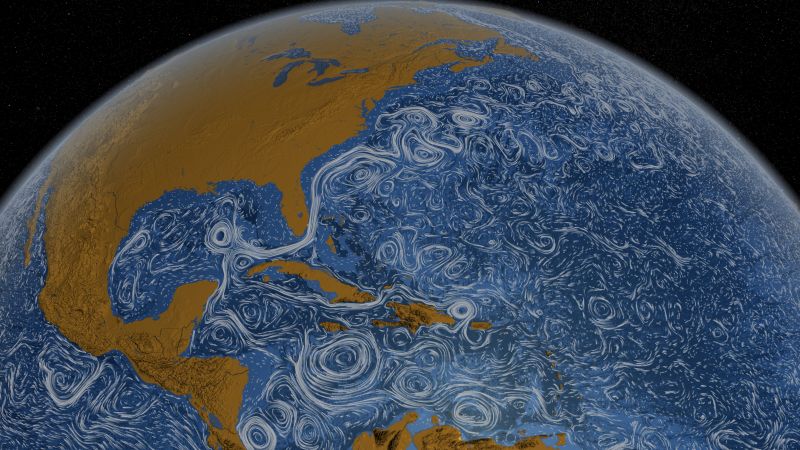RSS Feed Source: Academic Keys
Lecturer Pool – Jacobs Institute for Design Innovation – College of Engineering
Position overview
Salary range: The UC academic salary scales set the minimum pay at appointment. See the following table for the current salary scale for this position: https://www.ucop.edu/academic-personnel-programs/_files/2023-24/july-2023-acad-salary-scales/t15.pdf . The current full-time salary range for Lecturer positions is $70,295. – $186,446.
TSP: Hourly rate $150.00
Percent time: 11% to 100% (Lecturer only)
1-40 hours per week (Both Lecturer and TSP)
TSP positions are part time and paid on an hourly basis depending on the need.
Anticipated start: 2024-25 Academic-Year: 7/1/2024
Fall semester (only): 8/1/2024
Spring semester (only): 1/1/2025
Summer Appointments 6/1/2024-8/12/2024 (end depends on session)
Appointments for Fall semester are usually reviewed in March, Spring semester in September, and Summer in March.
Position duration: Positions can be one semester or academic year
Application Window
Open date: April 10, 2024
Most recent review date: Monday, Apr 7, 2025 at 11:59pm
Click this link to continue reading the article on the source website.


